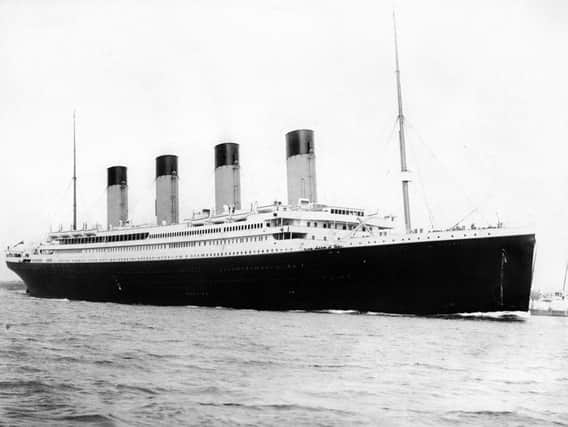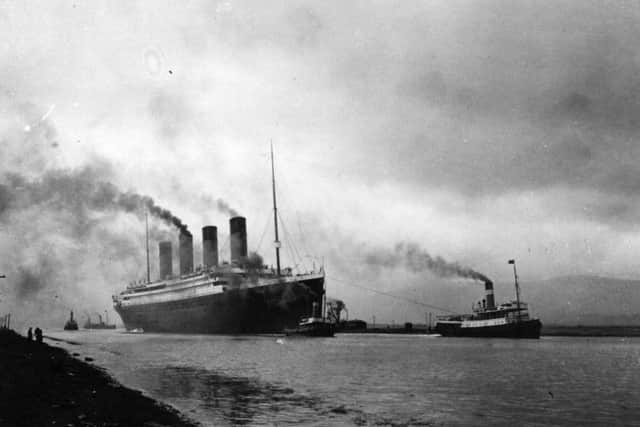Expeditions to retrieve artefacts from Titanic wreckage to be limited under new legislation


The sunken passenger liner has been on the bed of the North Atlantic for more than a century following its fate in April 1912.
A treaty signed by the UK now gives the country, as well as the US, power over who may enter sections of the wreckage and remove artefacts.
Advertisement
Hide AdAdvertisement
Hide AdThe treaty was originally signed back in 2003, but has only now come into force following its ratification by US secretary of state Mike Pompeo in November, according to the Department for Transport.


Maritime Minister Nusrat Ghani has said the "momentous" international agreement means the Titanic's wreckage will be treated with "sensitivity and respect".
Canada and France were also included in the negotiations and have yet to sign the agreement.
Titanic's wreckage was previously allocated a "basic level of protection" by Unesco, the United Nation's cultural organisation which protects heritage sites of cultural significance across the world.
Advertisement
Hide AdAdvertisement
Hide AdHowever, the new treaty now provides explicit legislation, whereby people and organisations will be granted or denied licences to enter areas of the ship's hull.


Titanic was built in Belfast and set sail on its maiden voyage from Southampton to New York on April 10, 1912.
Five days into the voyage, the ship struck an iceberg and was split in two, before sinking.
More than 1,500 people were killed in the disaster.
One of the ship's most famous crew members was 24-year-old Wallace Hartley, the Dewsbury violinist who led the orchestra which continued to play hymn Nearer my God to Thee as the liner sank.
Advertisement
Hide AdAdvertisement
Hide AdMr Hartley was among the ship's dead but his violin, described as the "holy grail" of Titanic relics, was salvaged just ten days later in its case, with remarkably little damage.
The violin was returned and put on display at Dewsbury Town Hall in October 2013, before being sold at auction in Wiltshire for £900,000.
Since the discovery of the Titanic's wreckage - which is around 350 nautical miles off the Newfoundland coast - in 1985, dozens of expeditions have been carried out.
Experts claim the ship has suffered serious damage from mini submarines landing on the wreckage in order for explorers to retrieve artefacts.
Advertisement
Hide AdAdvertisement
Hide AdMs Ghani said: "Lying two and a half miles below the ocean surface, the RMS Titanic is the subject of the most documented maritime tragedy in history.
"This momentous agreement with other North Atlantic states to preserve the wreck means it will be treated with the sensitivity and respect owed to the final resting place of more than 1,500 lives.
"The UK will now work closely with other North Atlantic states to bring even more protection to the wreck of the Titanic."